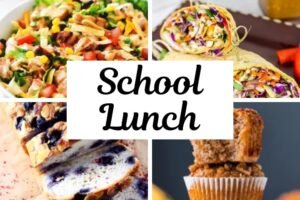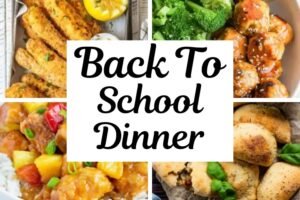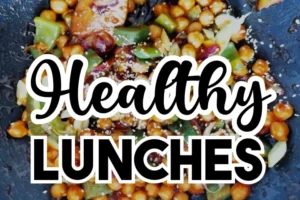Discover easy healthy school lunches. From high protein bars to healthy wraps, find easy school lunch ideas to keep your kids energized and focused throughout the day.
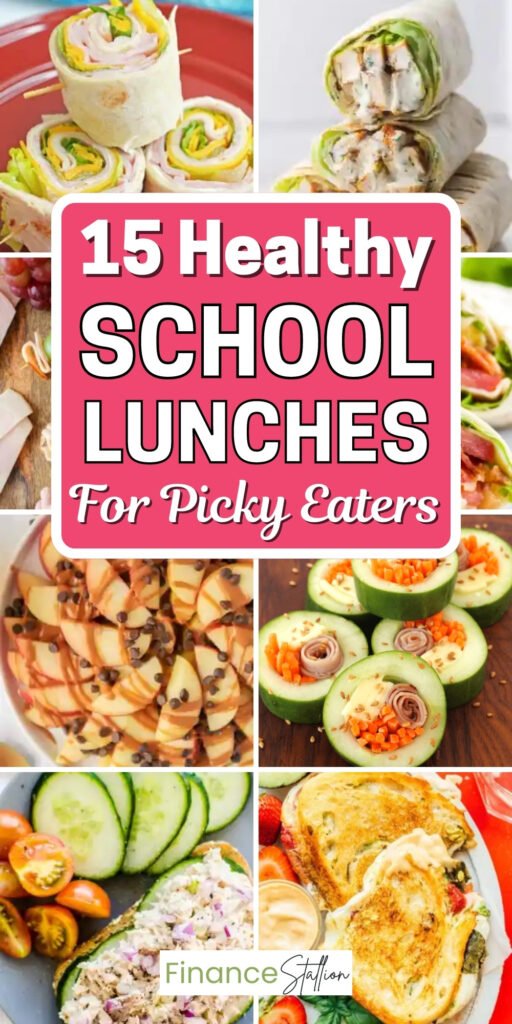
Providing nutritious meals for children is essential to support their growth and development.
In this blog, we’ll look into the world of healthy school lunches, finding various simple and nourishing options that will keep young minds fueled throughout the day.
From balanced bento boxes with colorful fruits and vegetables to wholesome wraps and protein-packed bars, we’ll guide you through easy recipes and practical tips for creating nutritious and appealing lunches.
Tasty Healthy School Lunches
15. Oatmeal Bars

Credit: Beyond The Chicken Coop
14. Peanut Butter & Jelly Tacos

Credit: Homemade Interest
13. Peanut Butter Cheerio Bars
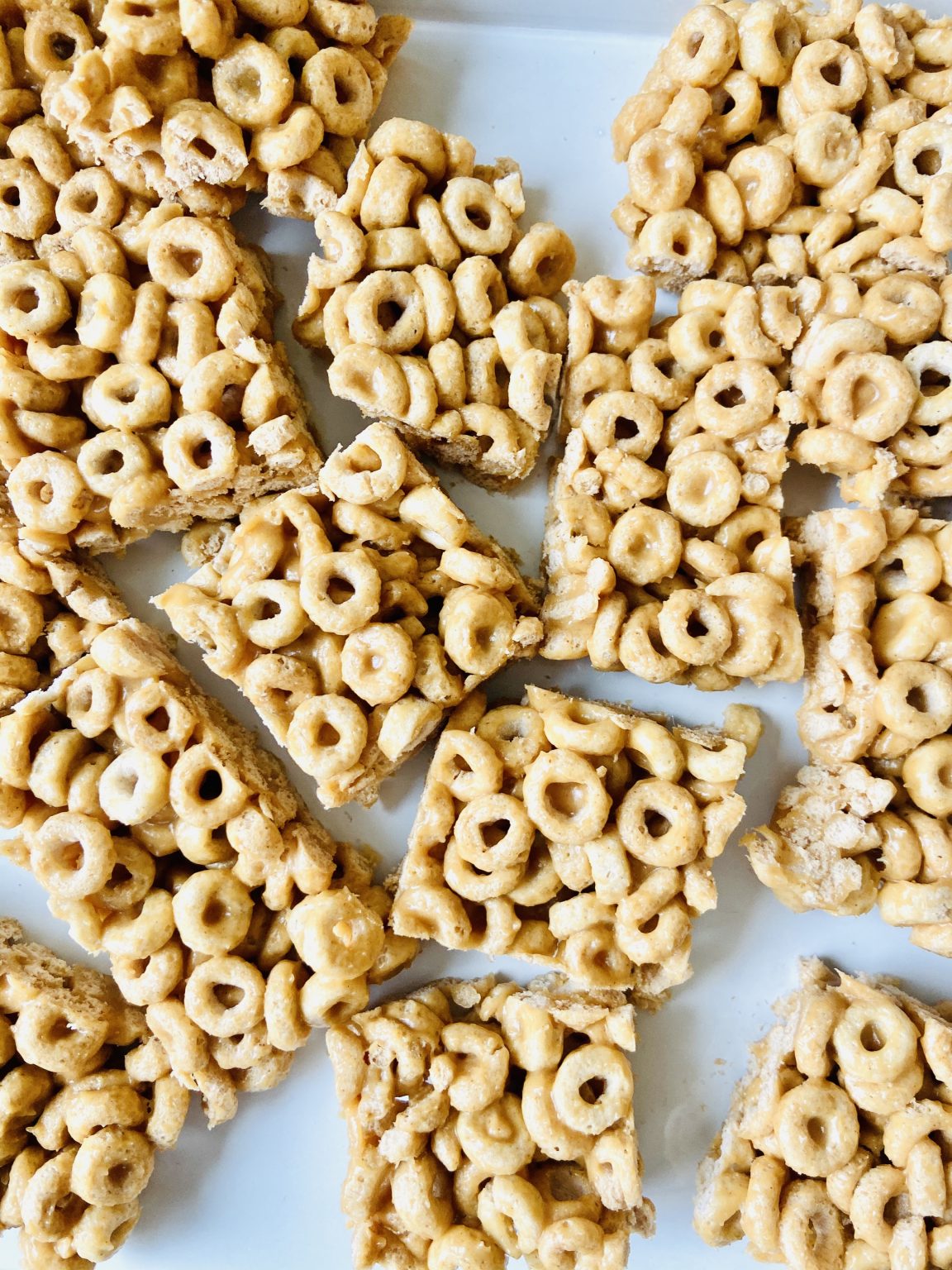
Credit: Twin Mom Refreshed
12. Banana Sushi

Credit: The Many Little Joys
11. Chicken Tortilla Wrap
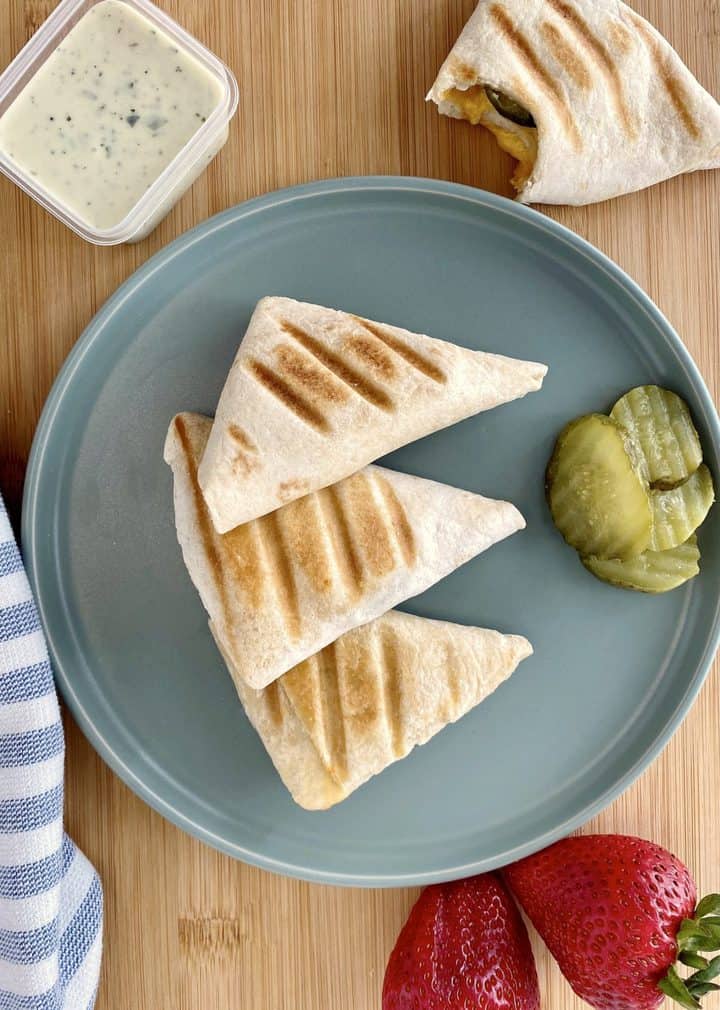
Credit: Charisse Yu
10. Apple Nachos
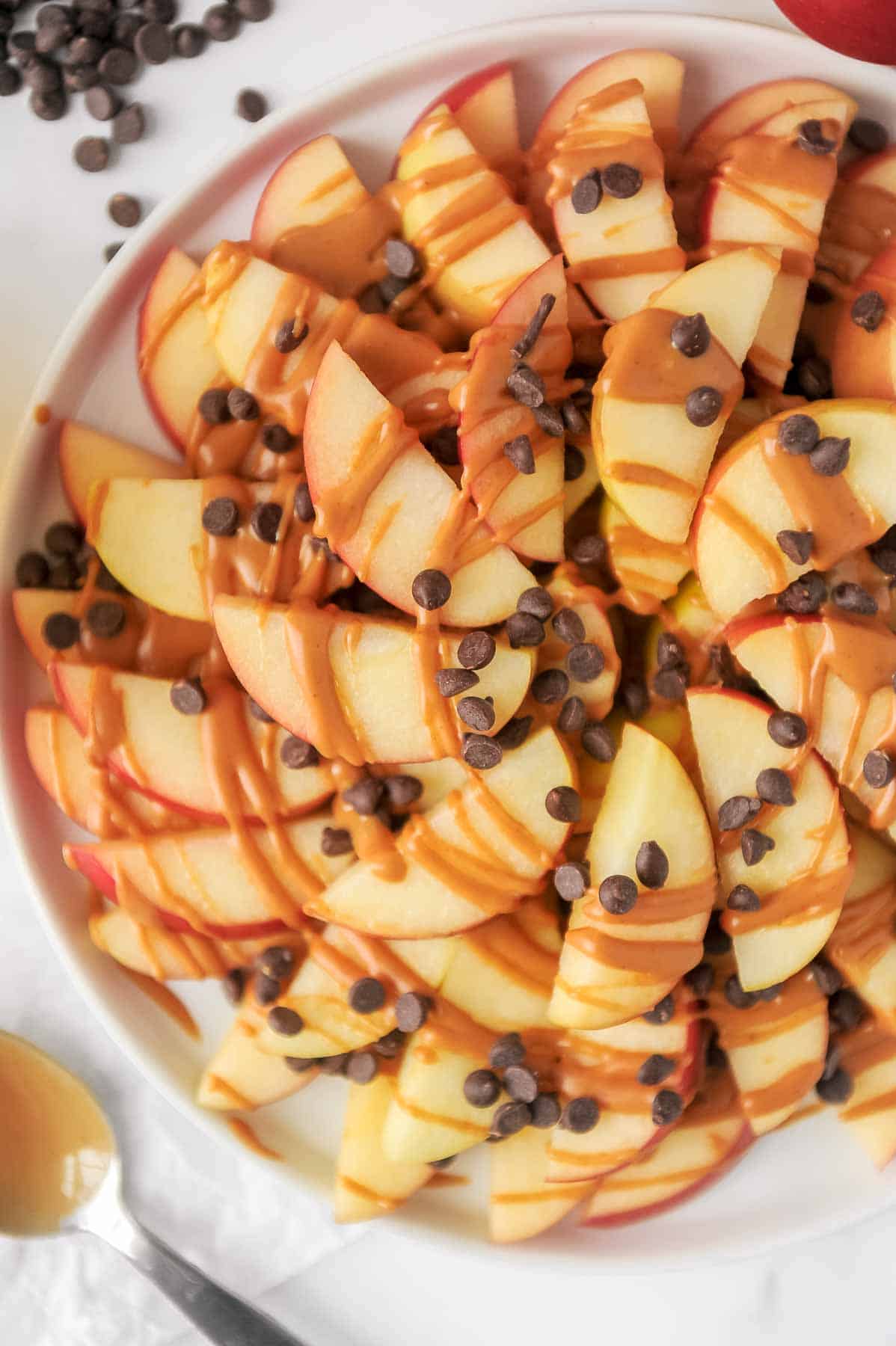
Credit: Moma Fit Lyndsey
9. Cheesy Homemade Pizza Pockets
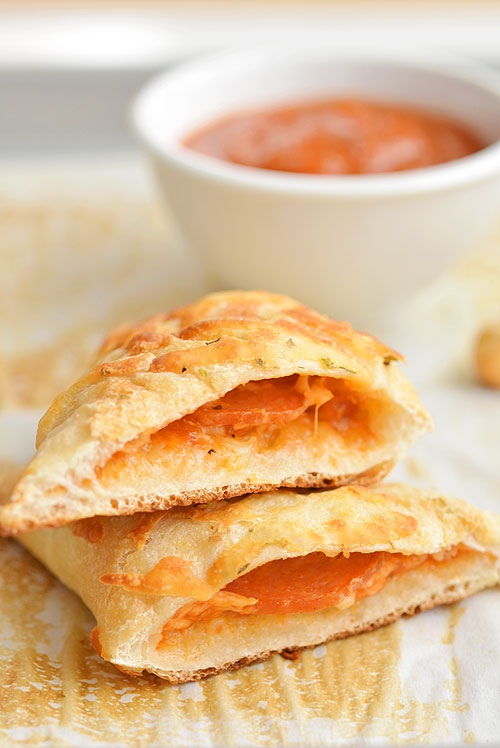
Credit: One Little Project
8. Cucumber Sushi

Credit: Raising Whasians
7. Cheese & Meat Kabobs

Credit: Delightful E Made
6. BLT Turkey Wraps
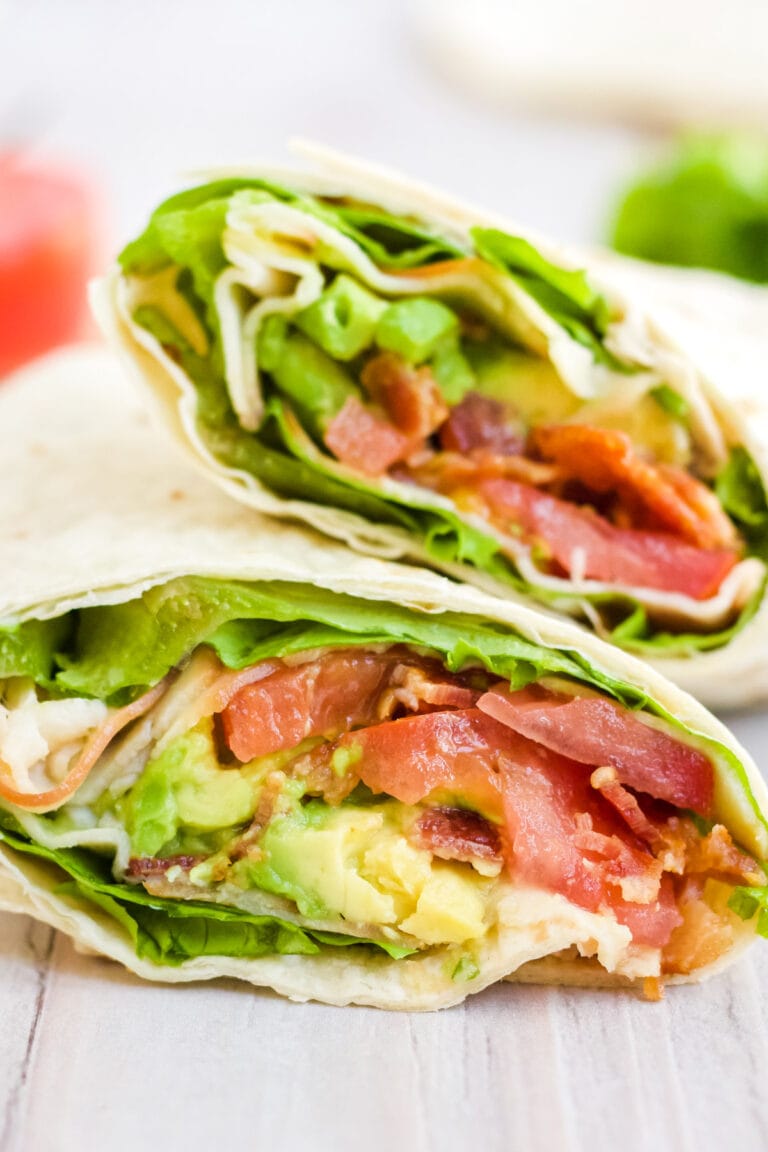
Credit: Yellow Bliss Road
5. Ham & Cheese Pinwheels
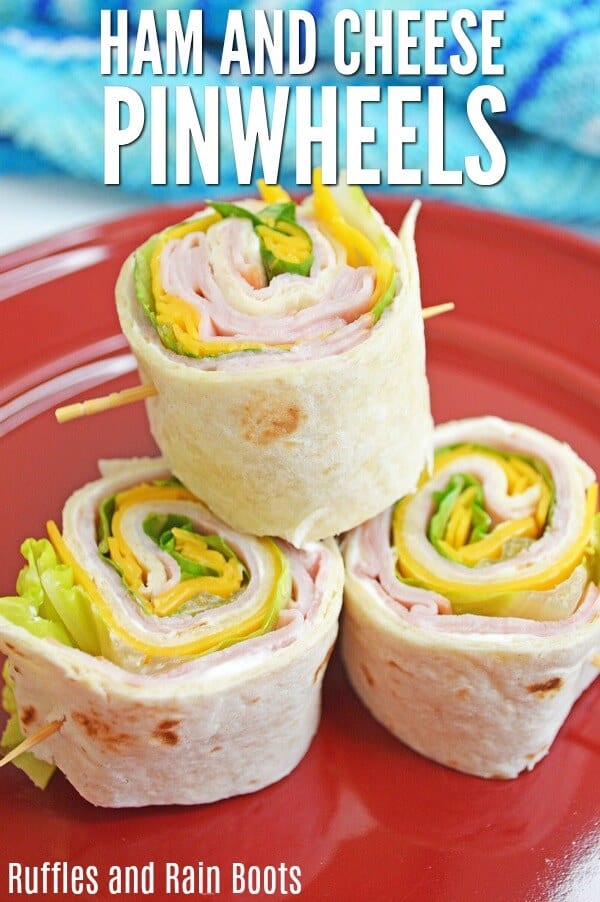
Credit: Ruffles And Rain Boots
4. Grilled Chicken Wraps
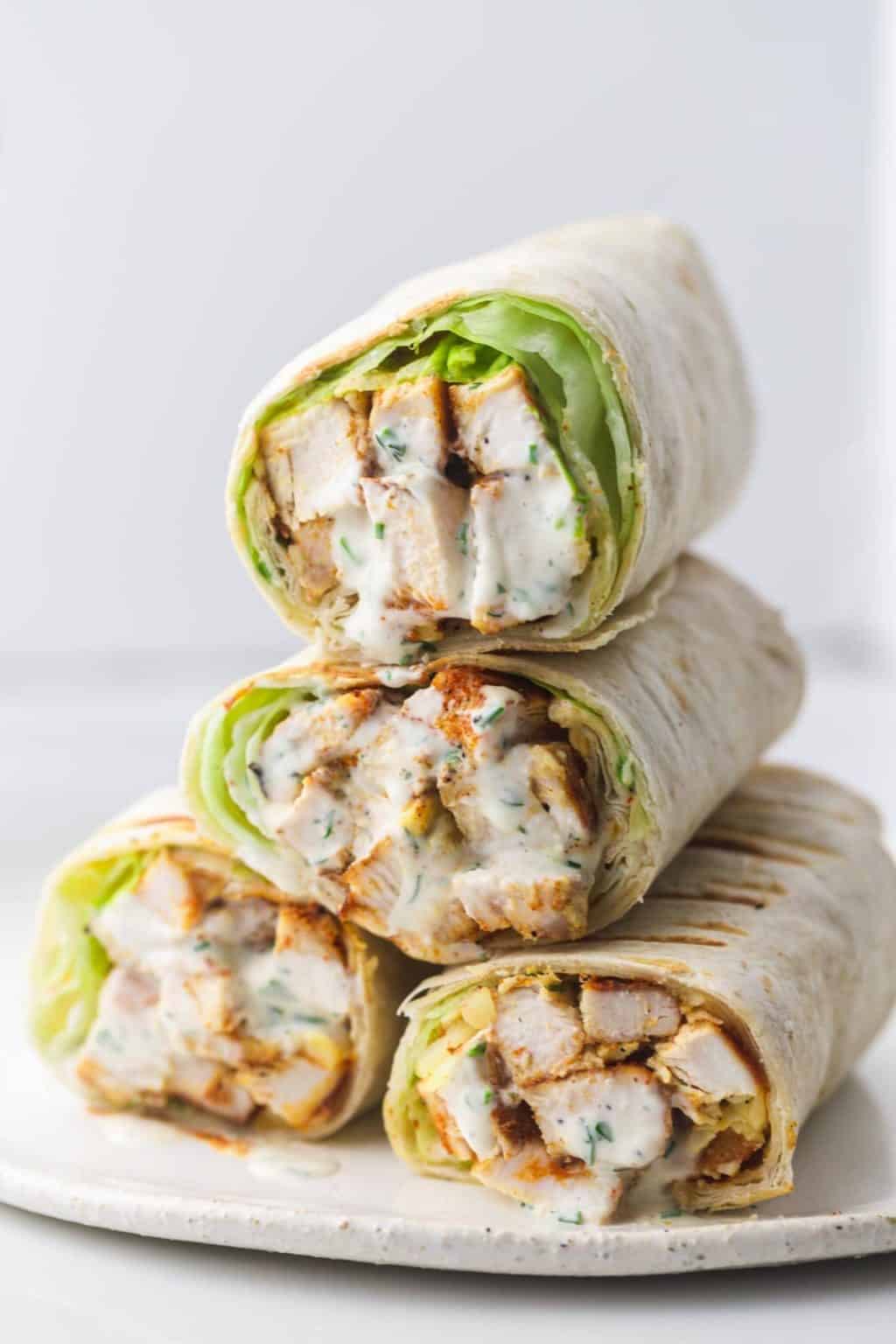
Credit: Little Sunny Kitchen
3. Tuna Salad
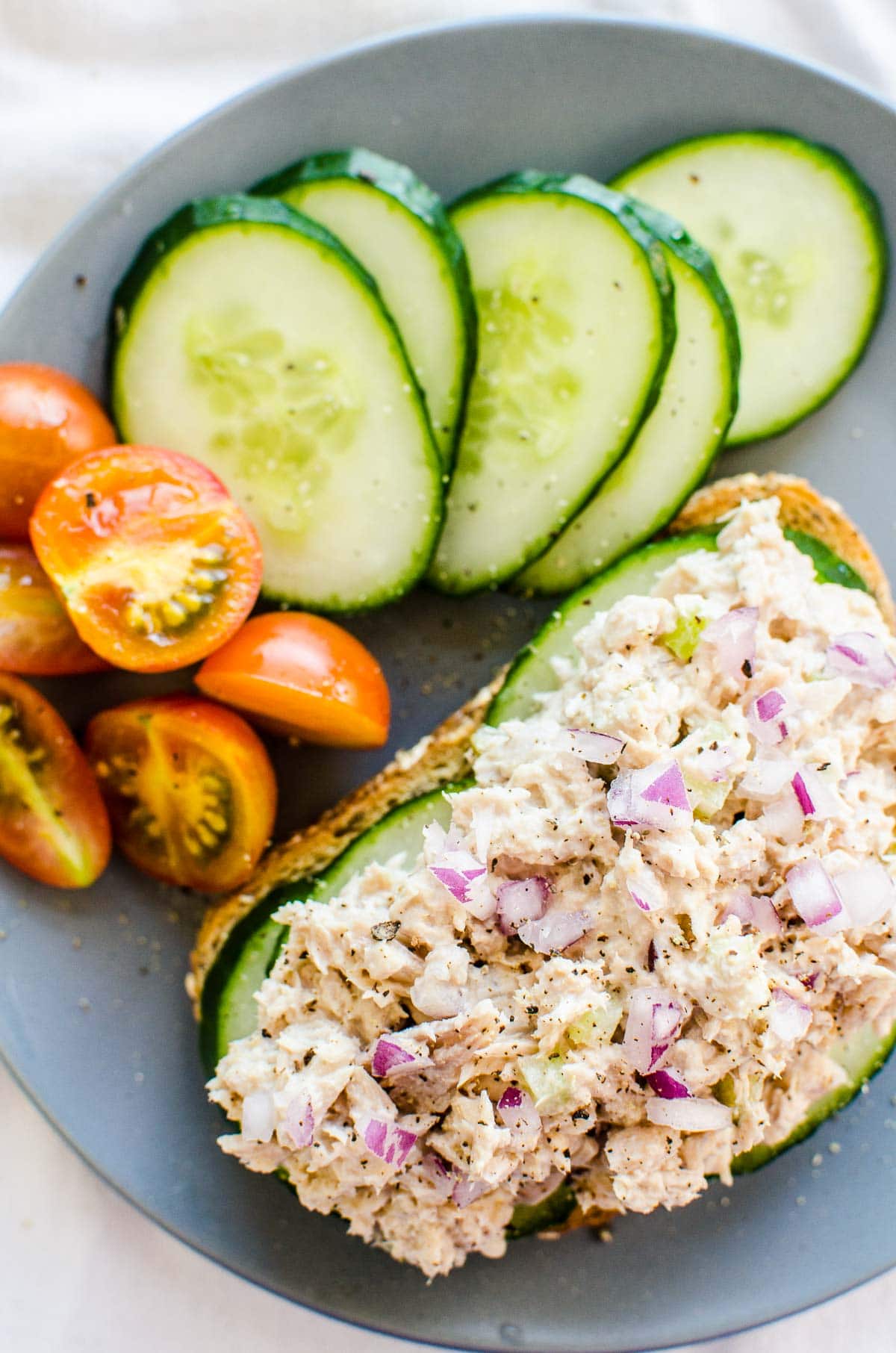
Credit: I Food Real
2. Strawberry Avocado Grilled Cheese

Credit: Live Eat Learn
1. Spinach Muffins
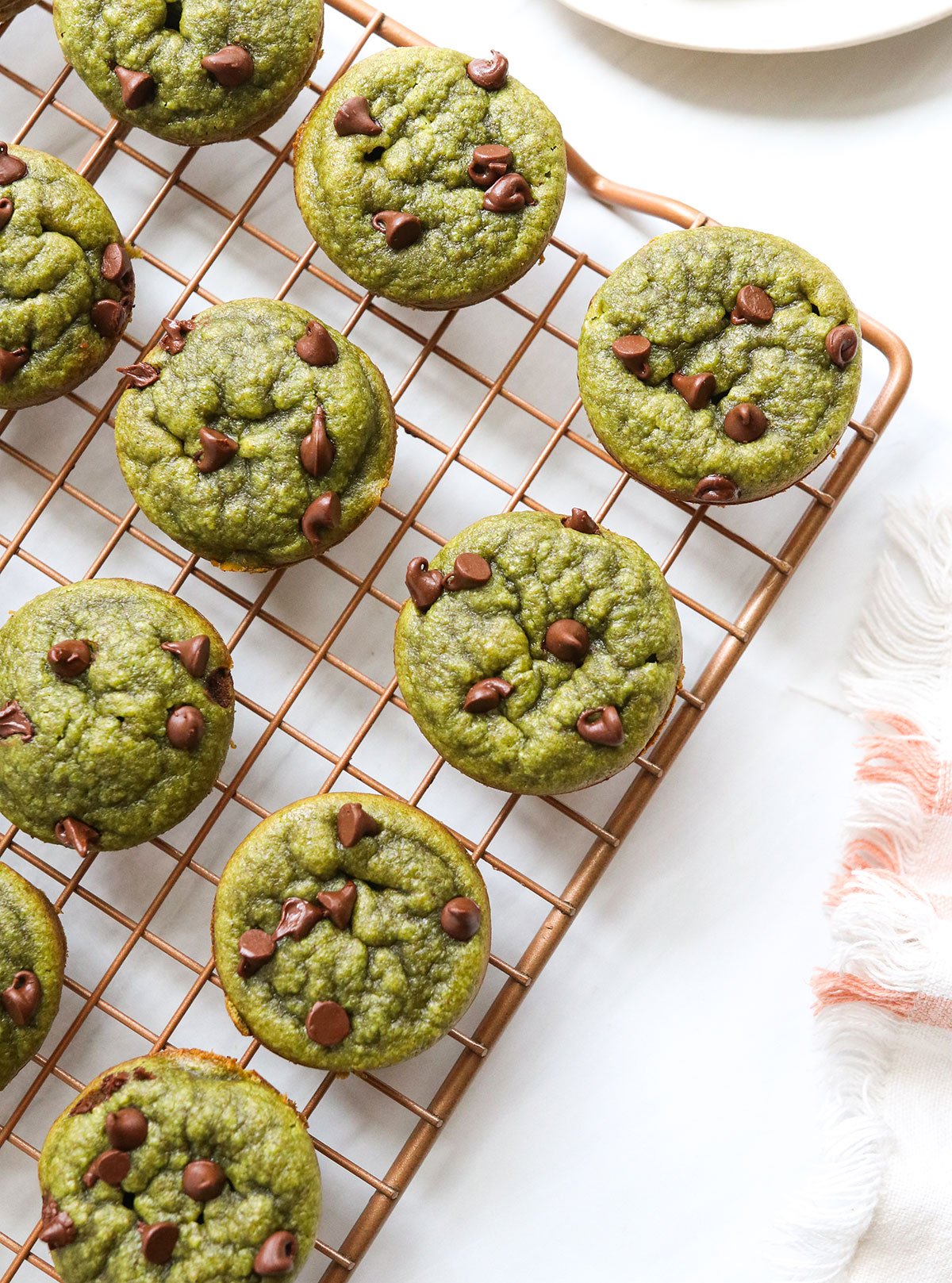
Credit: Detoxinista
SAVE THIS PIN FOR LATER

FAQs
Q. How can I get my child to eat more vegetables?
Getting children to eat more vegetables can be a challenge. Try involving them in the meal preparation process, letting them choose their vegetables at the grocery store, or offering them in different forms such as raw, steamed, or roasted. You can also try adding vegetables to their favorite dishes, like sneaking grated zucchini into spaghetti sauce or blending spinach into smoothies.
Q. Are homemade lunches healthier than school cafeteria lunches?
Homemade lunches generally provide better control over the quality and variety of ingredients compared to school cafeteria lunches. When preparing meals at home, you can choose whole foods, incorporate fresh fruits and vegetables, and limit processed and unhealthy options.
Q. What can I do if my child has a food allergy?
If your child has a food allergy, it’s crucial to read food labels carefully and avoid any allergens. Pack lunches that are free from allergens and communicate with your child’s school or daycare about their dietary needs. Consider providing a medical alert bracelet or informing their teachers about the allergy to ensure their safety.
Q. How can I ensure my child’s lunch stays fresh?
To keep your child’s lunch fresh, use insulated lunchboxes or bags and include ice packs to maintain proper temperatures. Pack perishable items separately and ensure that any cooked food is cooled before packing. Additionally, opt for leak-proof containers to avoid any spills or messes.
Q. How can I encourage my child to eat a balanced lunch instead of trading or throwing away their food?
Encouraging your child to eat a balanced lunch requires communication and understanding. Talk to your child about the importance of a nutritious meal and explain the benefits of each food group. Involve them in the lunch planning process and let them choose from healthy options. Additionally, consider packing smaller portions or providing a variety of bite-sized snacks to make the meal more appealing and manageable for them.
Q. How can I accommodate my child’s preferences or picky eating habits while still providing a nutritious lunch?
If your child is a picky eater or has specific preferences, it can be challenging to ensure a nutritious lunch. Try to find healthy alternatives that align with their preferences. For example, if they dislike certain vegetables, explore other options or offer them in different forms like purees, dips, or hidden ingredients in sauces. It’s also important to be patient and introduce new foods gradually, allowing them to develop a taste for different flavors over time.

